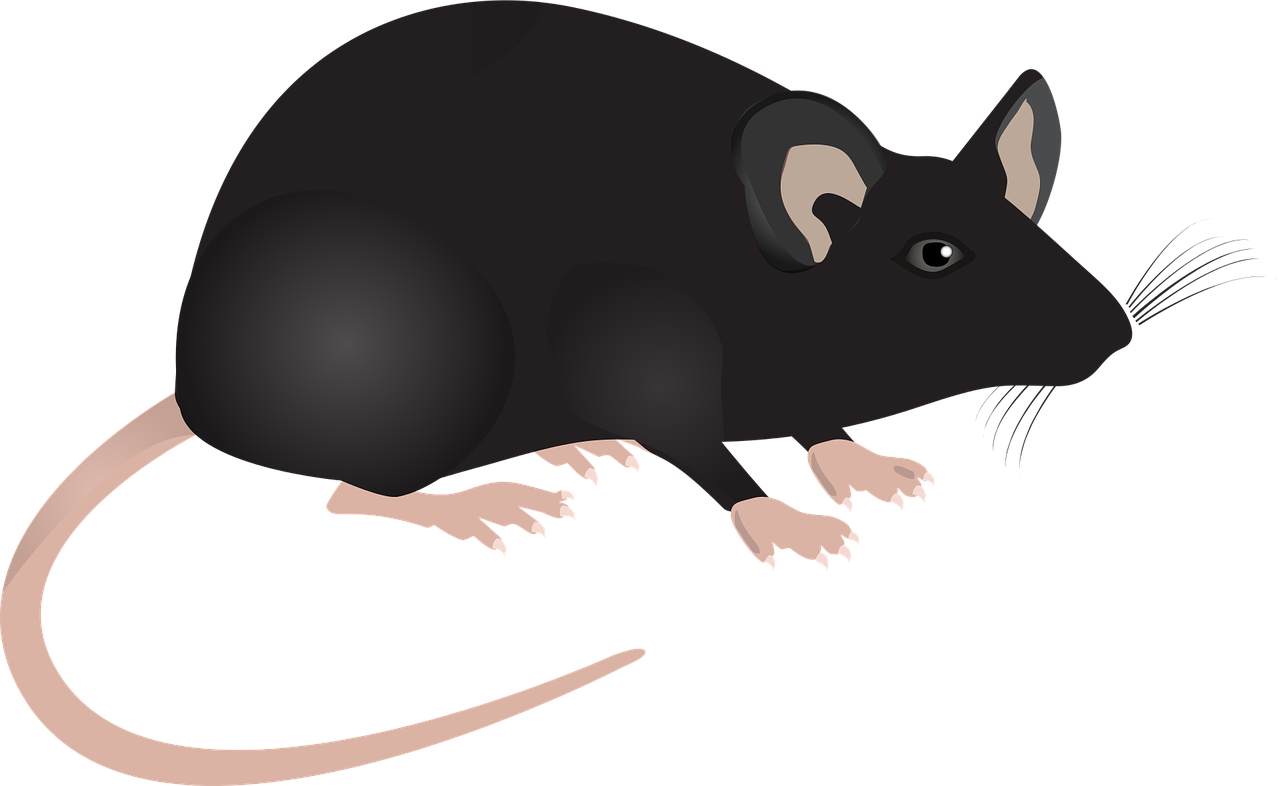The course delves into concepts of Genetics in Model Organisms.
This course aims to introduce students to Model Organisms in terms of their contribution in Genetics and in experimental research.
It also refers to the genome, life cycle, advantages, genetic studies and applications of Model Organisms.
Finally, the aim of the course is to help students understand the methodology of accessing Genetic problems using suitable Model Organisms.
Laboratory exercises aim to deepen the understanding of the concepts and applications presented in the theory.


